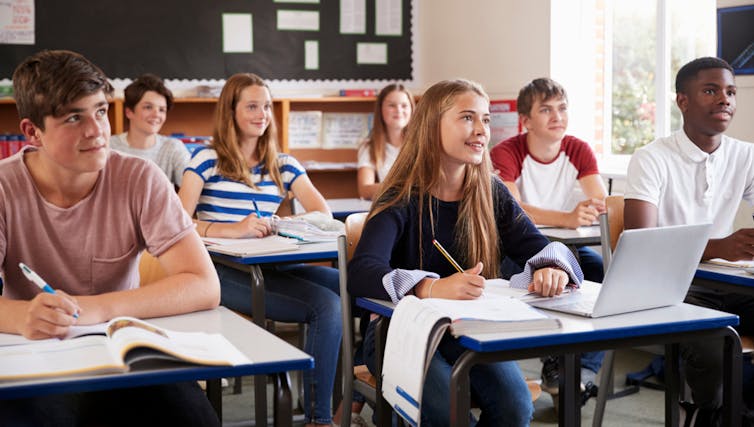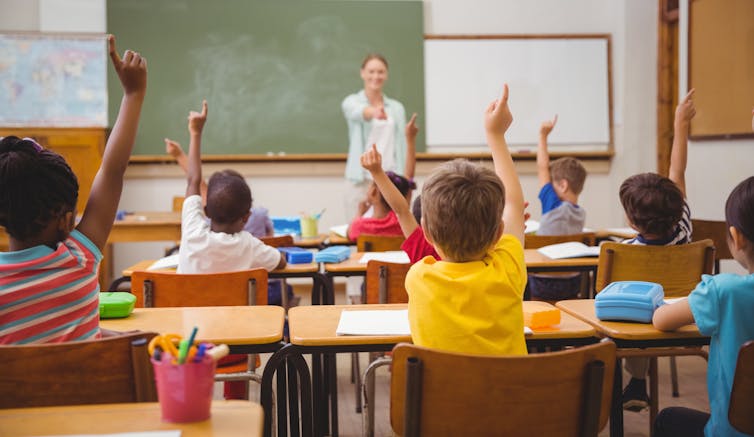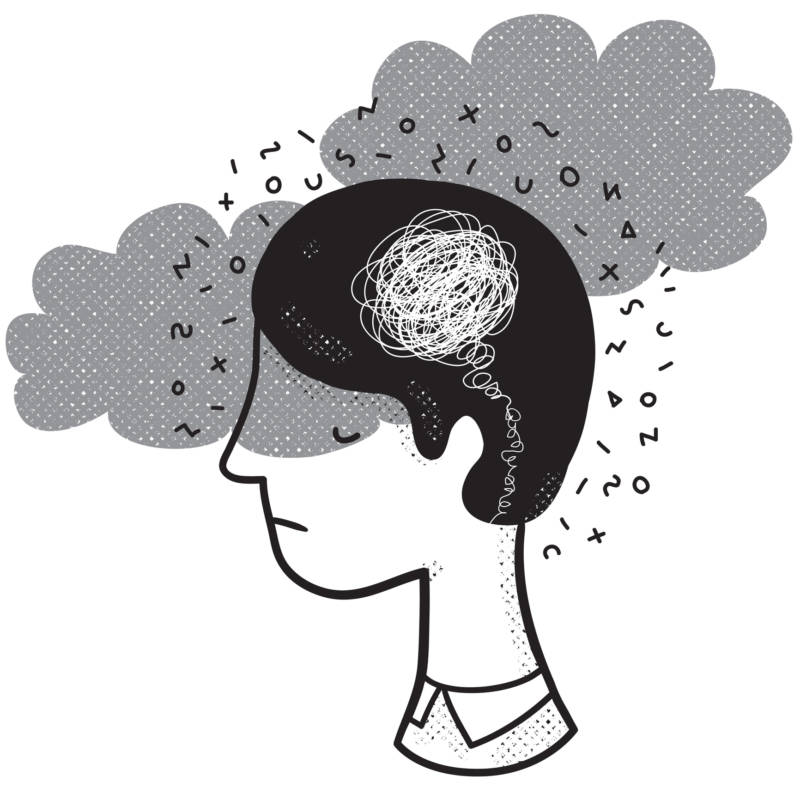This week's Food For Thought could be seen as a challenge to the prevalent pedagogy of the IB and in some way our mission. I think that it is important to reflect upon what we do, why we do it, and whether it is the best method for developing student learning. Challenge should not be seen as a bad thing but rather something to make us think more deeply about what we are doing. This article does raise some questions we need to be able to answer. The article is about explicit instruction and is very interesting as it offers an alternate perspective to inquiry based pedagogy. The article uses brain research on information processing theory to support its argument that it is essential to have prior knowledge before engaging in inquiry and that this assists our brain's capacity to learn because it argues that we only remember what we keep thinking about. The author identifies different types of explicit instruction and explains the differences before describing the weakness of constructivism.
"Explicit instruction is based on a learning theory that suggests we remember what we think about most.
Explicit instruction is a term that summarises a type of teaching in which lessons are designed and delivered to novices to help them develop readily-available background knowledge on a particular topic.
Explicit instruction emerged out of research conducted in the 1960s and 1970s. Researchers sat at the back of classrooms and looked for relationships between particular behaviours of effective teachers and their students’ academic performance.
This research found teachers with the best results spent more time reviewing previously learned concepts, checking whether students had understood concepts and correcting misconceptions during the lesson. Explicit teaching practices involve showing students what to do and how to do it."

The argument of the article is supported by the research of John Hattie and Robert Marzano. Below is a short video of Hattie talking about the importance of direct instruction and why it has a positive impact on learning. ( I might have shared before) We all know about Hattie's work using mega data to make identify the key factors that determine student learning and the effect that each has on that learning. He measured the effect size of over 250 influences on learning and determined the average effect size to be 4. He determined that the biggest effect was collective teacher efficacy at 1.57 with explicit teaching methodology at .57 and inquiry based teaching at 4. Before accepting this research as gospel I believe it is necessary to remember that it is mega data collected from the past, from teaching past generations of students and not millennials, in a less technologically advanced home and classroom environment in which more traditional pedagogy was prevalent and new ideas like inquiry were not necessarily accepted, developed or practiced, and in an educational world that was dominated by direct instruction and encouraged little student agency regarding learning or curriculum. Of course this does not mean we should ignore this information but we do need to make it contextual otherwise we will reinforcing the thinking of Roger Ackoff, and getting righter at doing the wronger thing, hence making what we are doing wronger instead of righter.
Robert Marzano claims it is important to explicitly teach your students the things they need to learn. His review of research actually revealed it was the most important factor (teacher controlled) affecting students’ success. You need to tell them what they need to know and show them how to do things they must be able to do for themselves.
John Hattie did not review explicit teaching per se, but he did find that Direct Instruction was very effective. Direct Instruction involves explicitly teaching a carefully sequenced curriculum, with built in cumulative practice.
Furthermore, Hattie highlighted the power of giving students worked examples when explaining how to multi-step tasks. Marzano also highlights the importance of giving examples and non-examples (similarities and differences) of the concept you are teaching. For example, when teaching prime numbers it would be useful to highlight 2 as an example, and 9, 15 and 21 as non-examples to avoid confusion with odd numbers.
Marzano also found that you can explicitly teach deeper levels of understanding by using graphic organisers You should use graphic organisers to show how different ideas were related to each other (e.g. steps, cause-effect, hierarchy, lists, comparisons, etc.).
Neither Hattie nor Marzano believes that great teaching is nothing more than standing out the front of the class and imparting knowledge. However, both agree that telling students what they need to know and showing students what they need to be able to do are essential aspects of teaching.
Finally, it is important to remember that each student is an individual and differs from every other learner in our class. Hence, when we discuss students and how they learn best, we always need to remember that what might be good for one set of students may not work for others. Thus, understanding the strengths and weaknesses of as many strategies for engaging student learning makes us better teachers and allows us the skill to be able to adapt the learning environment in our classrooms to suit the needs of each of our students.


